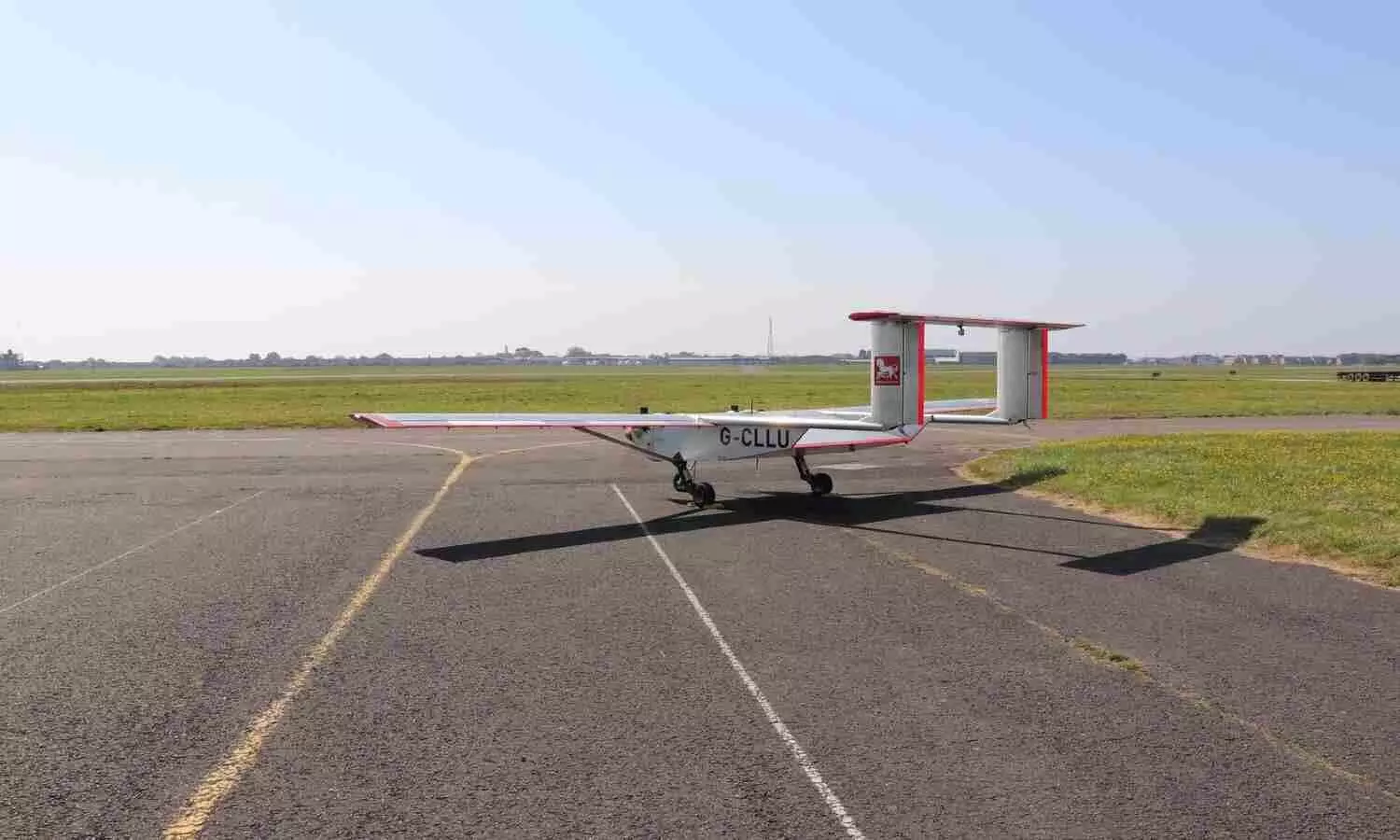
Windracers secures additional funding from UKRI's Future Flight
Windracers will be able to expand its experiments in Scotland and work with the Civil Aviation Authority to create a safe and strong regulatory framework for autonomous flying with the new financing.

London - headquartered Windracers has received a third round of funding from UKRI's Future Flight challenge to perform more rigorous testing of their middle mile logistics drones and high-reliability autopilot technology.
Future Flight is advancing the development of new technology, societal understanding, and sophisticated aviation solutions in order to bring about the third aviation revolution. The Future Flight challenge's Phase 3 projects, which vary from hydrogen-powered planes to airspace management systems, will get £73 million in funding to develop and showcase integrated aviation systems and new vehicle technologies.
Windracers has completed a number of testing in collaboration with Royal Mail as part of the UKRI-funded Sustainable Aviation Test Environment (SATE) project, including test flights on the Shetland and Orkney Islands. Windracers will be able to expand its experiments in Scotland and work with the Civil Aviation Authority to create a safe and strong regulatory framework for autonomous flying with the new financing.
Windracers is also in charge of a project called Protecting Environments with UAV Swarms. This project, funded by the NERC British Antarctic Survey and Lancashire Fire and Rescue, intends to illustrate how swarms of big UAVs may be used to conduct Antarctic research and battle fires in some of the world's most difficult situations.
"We are extremely proud to be among this world-class group of companies that are developing the technology and infrastructure for autonomous flight," comments Charles Scales, CEO at Windracers Limited. "The UK has a long history of innovation in aviation and boasts a highly competent and pragmatic regulatory authority. Combined with recognition and support from the UK Government, we are very well placed to lead the industrialisation of drone technology worldwide."
Windracers' twin-engine UAV has a wingspan of 10 metres and is capable of transporting a payload of 100kg across 1000km in adverse weather conditions. It includes a high-reliability autopilot system from Distributed Avionics, which employs their patented MasterlessTM control architecture. The entire aircraft was designed with a Zero Single Point of Failure concept in mind, making it resistant to flight control and flying system failures.
Windracers' low-cost cargo drones have proven popular among logistics firms. Subject to Civil Aviation Authority (CAA) certification, the business has announced a collaboration with Royal Mail to build more than 50 new postal drone routes over the next three years. The lower-emission drones are expected to cut Royal Postal's carbon footprint while enhancing the dependability of island mail deliveries, which are frequently hampered by poor weather. Royal Mail's objective is to deploy a fleet of more than 500 Windracers ULTRA drones serving all parts of the UK, demonstrating the potential of logistics drones.

